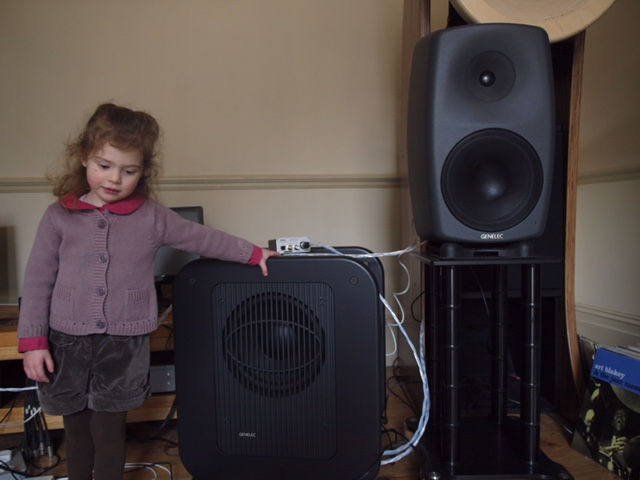Dacs just how bad can they be?
- Keith Cooper

- Nov 27, 2023
- 2 min read
In the enthralling previous episode we looked at two 'SOTA' ( state of the art) dacs albeit at two very disparate price points, today I thought we would look at the very worst measuring dac that Amir ( Audio Science Review ) has measured, the honour of which goes to the Mhdt Labs Pagoda, which is a R2R ( resistor to resistor) design with a valve buffer and costa around £1200.

You can see from the top right panel that the noise floor is way much higher than in the Tambaqui, add that to the high distortion and this makes the Pagoda the worst measuring dac of the 400 or so that have been measured.
The various harmonics of distortion, 2nd, 3rd etc are the columns, third harmonic at2kHz is only -55dB.
Added to the noise and distortion its dynamic range ( only 12.6 bits) is also extremely poor
and even channel matching.
Intermodulation distortion, where you play two tones in this case 60Hz and 7kHz is 'stunningly poor', intermodulation distortion of this magnitude will hide low level detail in the music program, when you add the fact that the Pagoda eschews any kind of reconstruction filter NOS (non oversampling ) dacs of 'classic' design frequently do not include a reconstruction filter also adds distortion, so this dacs THD+N (total harmonic distortion + noise ) combine to make it an extremely poor engineered converter.
This dac has been designed to tick every 'audiophile' box, it uses a classic Burr-Brown PCM1704 dac chip from the mid 1990's which was groundbreaking in its day if implemented properly, no reconstruction filter and a valve output buffer.
Having said that I know a chap who bought one and he enjoys it.
The important part is that this dac sounds the way it does not because it is more 'musical' or more 'analogue' or indeed more like real live music it is simply because it is so poorly engineered.
There is absolutely nothing wrong in enjoying this unit but one should be aware of exactly why it sounds 'different' to competently engineered designs which will be audibly transparent.
Thank you again to Erin and Amir for their excellent work, sites such as the aforementioned Erin's Audio Corner and Audio Science Review are amongst the very few that actually test, measure and publish the unvarnished truth without any financial consideration.
They are both a wonderful resource .
Keith



Comments